There was “dramatic growth” in the number of partnerships between US higher education institutions and education agencies in 2022, new research has identified.
The landmark American International Recruitment Council and BONARD report, conducted with the support of the National Association for College Admission Counseling and the Association of International Education Administrators, was based on surveys of more than 300 HEIs and educational agencies between July and October 2022. The schools represent 118,000 international students studying in the US.
There was “dramatic growth in the number of institutions working with agencies”, according to Patrik Pavlacic, chief intelligence officer at BONARD, who served as the principal investigator for the research project.
“This is a sector-wide shift, and it will be interesting to monitor the situation in the immediate future, as the sector moves on from the pandemic crisis and study destinations globally compete aggressively for student recruitment,” Pavlacic continued.
While survey data from 2021 indicated approximately half (49%) of US HEIs partnered with agencies, the new statistics are closer to two-thirds (62%). And all but 2% of institutions not currently working with agencies are strongly considering incorporating partnerships into their international recruitment strategy.
According to the survey, when educational agencies vet potential partners, their top two attributes are academic programs and tuition fees, both of which outweighed university rankings.
Findings indicated that 29% of educational agencies do not have enough partners in the US to meet the demand, signalling potential for future collaboration.
Several other key findings emerged from the data. While enrolment numbers are not yet on par with pre-pandemic figures, they have increased over last year and responding institutions expressed optimism about exceeding pre-pandemic figures this year.
Regarding which university office is responsible for international student recruitment, the majority of respondents (54%) indicated it was the admissions department. However, for 21% recruitment is managed by the global education office and 9% have a unique department dedicated to it.
As far as most utilised method of recruitment events are concerned, virtual and in-person student fairs were close at 93% for virtual and 90% for in-person.
“One-third of institutions rely on a third party for the management of digital campaign”
Digital marketing is utilised by 85% of HEIs and is the most frequently outsourced recruitment channel.
“One-third of institutions rely on a third party for the management of digital campaigns while having in-country representation is utilised by 30% of institutions,” the report said.
The top barriers to student recruitment are the cost of studying and living in the US (65%) and challenges of securing a visa (53%), scholarship scarcity (27%), the perception of the US (24%), lack of promotional material (20%), and safety (16%).
AIRC executive director Brian Whalen, who this week features in The PIE Chat, spoke about the report, stating, “[It] reflects the continued growth, development, and professionalisation of the international enrolment management field.”
Whalen told The PIE that the data can help HEIs, recruitment agencies, service providers, and other stakeholders to “assess and improve their recruitment and enrolment management plans and operations.”




